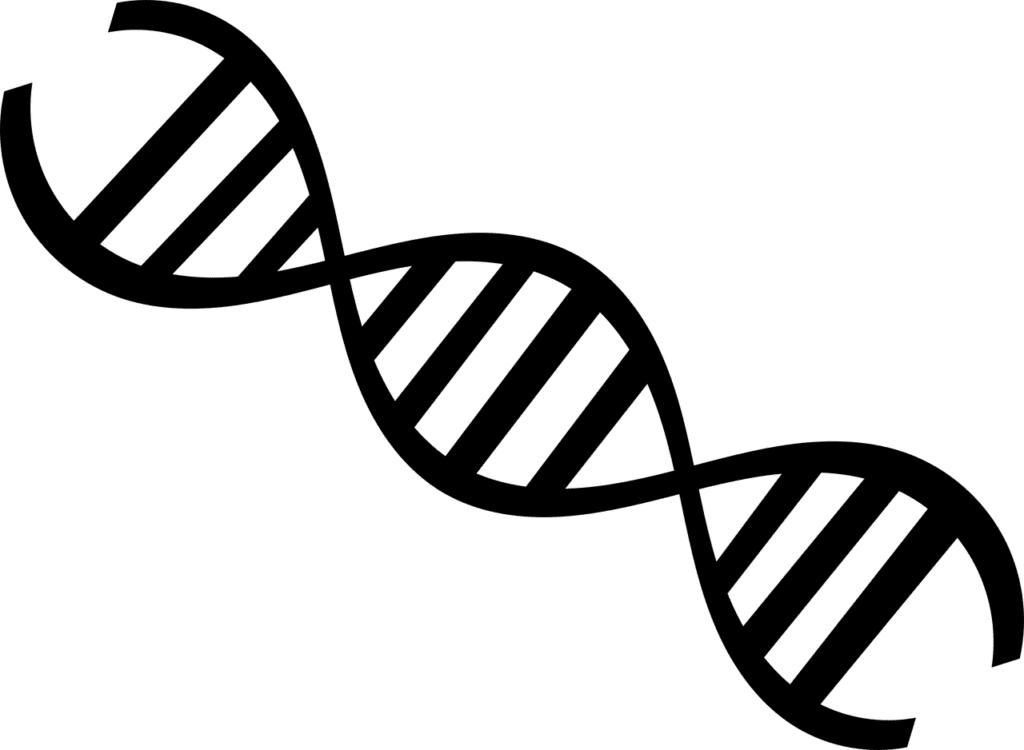According to a story from Debra of America, a new Phase 1 clinical trial being operated by Stanford University is currently recruiting participants. This trial will be a test of gene transfer in patients with recessive dystrophic epidermolysis bullosa (RDEB). Gene transfer will involve the grafting of genetic altered skin from the patient that contains the protein that is missing in the skin of patients with the disease.
About Epidermolysis Bullosa
Epidermolysis bullosa is a group of genetic conditions which are most characterized by unusual blistering of the mucous membranes and skin. These painful blisters can occur with only minor friction or abrasion. The disease can be fatal in severe cases. These disorders are all caused by genetic mutations; the various subtypes of epidermolysis bullosa are classified by which genes are affected. Painful mucosal and skin blisters are the defining symptoms, but other complications may include esophageal narrowing and a vastly increased risk of skin cancer. There is no cure for the condition; treatment primarily focuses on symptom management, such as controlling pain, cleaning wounds, prevention or treatment of complications, nutritional support, and controlling infections. Males and females are affected at equal rates. The disease can seriously shorten lifespan, and in severe cases, patients do not survive beyond infancy. There is a dire need for more effective treatment approaches for epidermolysis bullosa. To learn more about these disorders, click here.
About The Study
At this juncture, six adult patients with recessive dystrophic epidermolysis bullosa have received grafts with no adverse events experienced so far. The study has gained permission from the US Food and Drug Administration (FDA) to begin the grafting procedure in patients that are age 13 or older.
How Can Patients Participation
Patients that are interested in participating in this study should be aware that recruitment will be a two-step process. Not all patients will be viable candidates for the study; in order to participate, patients must take part in the “Characteristics” study in which patients will travel to Stanford University and have their condition evaluated. Patients aged 7-12 are also eligible for this portion of the research; it is also possible that a gene transfer trial for patients in this age range will be available at a later time.
You can learn more about this research here and here.






